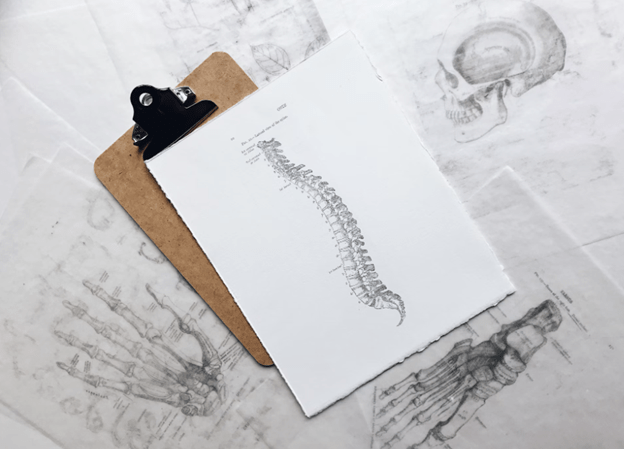Pain is a universal experience that can vary widely in its causes, intensity, and impact on daily life. Whether it’s a dull ache or a sharp, debilitating sensation, managing pain effectively is crucial for maintaining overall well-being. Here, we explore five of the most common types of pain and offer practical strategies for relief.
1. Headache
Headaches are one of the most prevalent forms of pain, affecting millions of people worldwide. They can be categorized into several types, including tension headaches, migraines, and cluster headaches. Tension headaches are often caused by stress, poor posture, or eye strain, leading to a dull, aching pain around the forehead or the back of the head.
Managing headaches effectively depends on identifying the underlying cause. For tension headaches, practicing good posture, taking regular breaks from screen time, and managing stress through techniques like deep breathing or meditation can help.
2. Back Pain
Back pain is a common issue that affects a significant portion of the population at some point in their lives. It can be caused by muscle strain, poor posture, spinal abnormalities, or underlying conditions such as arthritis or herniated discs. The pain can range from a dull, constant ache to a sudden, sharp pain that makes movement difficult.
Effective management of back pain often involves a combination of lifestyle changes and therapeutic interventions. Maintaining good posture, especially during prolonged sitting or lifting heavy objects, can prevent strain on the back.
3. Neck Pain
Neck pain is a prevalent condition that can result from various factors, including muscle strain, poor posture, injuries, or degenerative diseases like osteoarthritis. This type of pain can be localized in the neck or radiate to the shoulders and arms, causing stiffness, reduced range of motion, and discomfort during daily activities.
Neck pain treatment effectively requires identifying and mitigating the underlying causes. Adopting ergonomic practices at work and during daily activities is crucial. Ensure your workstation is set up correctly with your computer screen at eye level, and avoid prolonged periods of looking down at screens or books.
4. Joint Pain
Joint pain, commonly associated with conditions like arthritis, can affect any joint in the body, including the knees, hips, hands, and shoulders. It can result from inflammation, wear and tear, or injury and is characterized by stiffness, swelling, and reduced mobility.
Managing joint pain involves a combination of lifestyle modifications and medical interventions. Regular exercise that emphasizes low-impact activities, such as swimming or cycling, helps maintain joint mobility and reduce stiffness.
5. Neuropathic Pain
Neuropathic pain results from damage or dysfunction in the nervous system and is often described as burning, shooting, or stabbing pain. Conditions such as diabetes, shingles, or nerve injuries can lead to this type of pain, which can be chronic and difficult to manage.
Effective management of neuropathic pain often requires a multifaceted approach. Medications such as anticonvulsants or antidepressants can be effective in reducing pain by modulating nerve activity. Topical treatments, including capsaicin cream or lidocaine patches, can provide localized relief.







